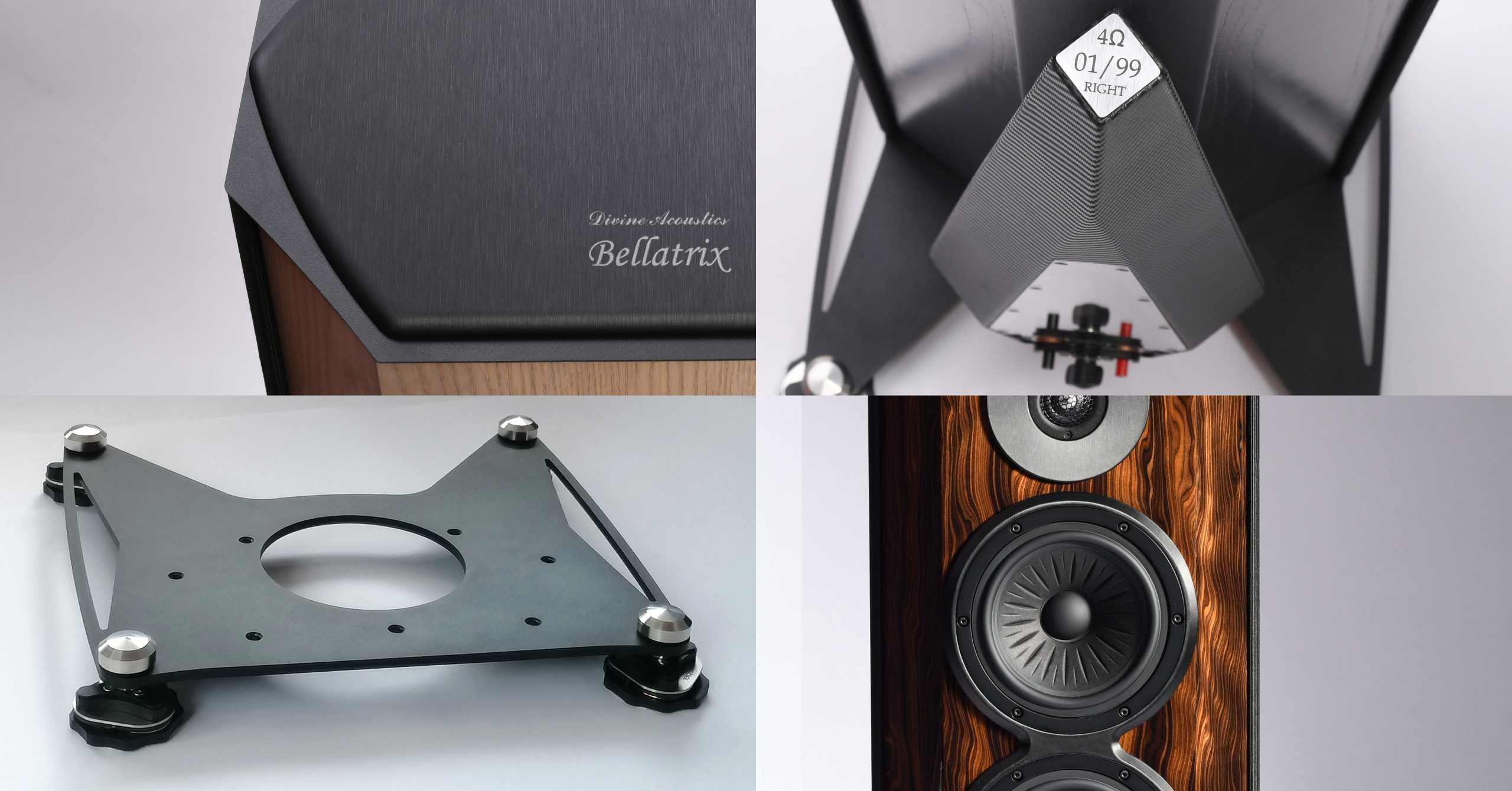BRAND
Divine Acoustics is a small family-owned workshop located in the charming town of Ozimek in southwestern Poland, near the picturesque Lake Turawa surrounded by pine forests. For over 20 years, they have been crafting speakers and audio accessories.
The concept behind Divine Acoustics’ designs is to create devices that faithfully reproduce sound in the form of elegant structures that harmonize with interior décor and become a decorative element themselves.
Divine Acoustics speakers combine modern design, advanced engineering, and traditional craftsmanship. The combination of beautiful veneers from selected wood species with the slimness of the standing enclosures provides extraordinary visual impressions. The finishing touches are added with carefully chosen materials.
To achieve this effect, the design of each enclosure follows the principle of the “golden ratio” – a divine proportion (Latin: divina proportio). The golden ratio has been known since ancient times and was attributed with exceptional aesthetic qualities. Shapes designed in this way possess harmony and are described as beautiful.
Accessories primarily focus on anti-vibration solutions. Platforms and vibrations absorbing feet have proven to have positive sound properties and have found their place in many audio systems worldwide.
All Divine Acoustics products are designed using CAD software. They combine unique design with their proprietary solutions necessary for achieving the correct sound reproduction. The precision and repeatability of manufacturing most of the components are ensured by laser processing.
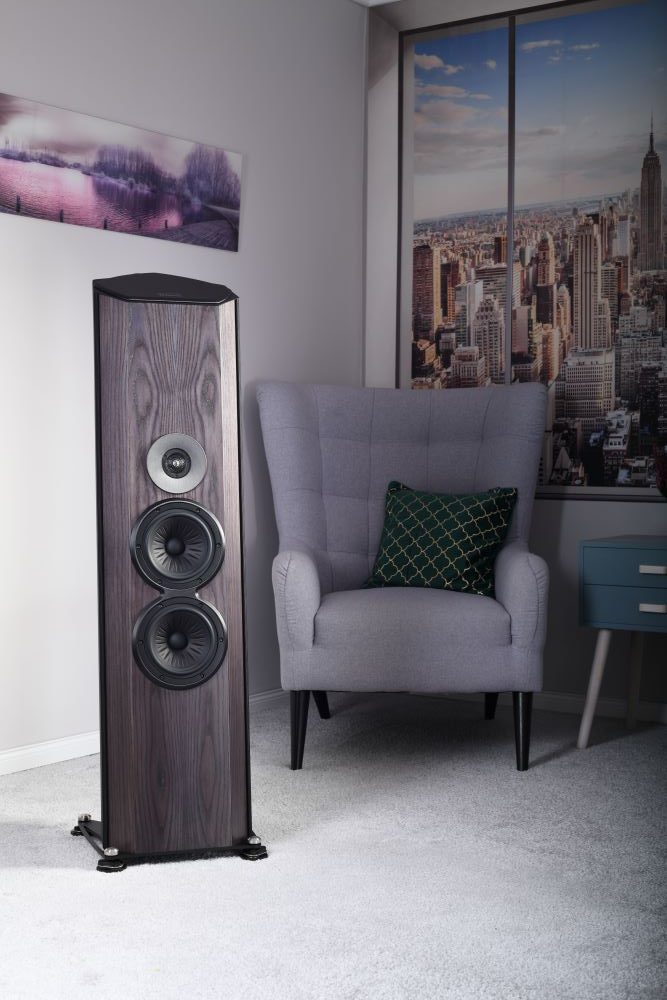

MY PASSION
Music appeared in my life during the first weeks, and it became as natural and essential as eating, drinking, or sleeping. Over the years, listening to music became my great passion, and I gradually started paying more attention to the quality of sound reproduced by my audio equipment. I became aware of its imperfections when I attended the only concert of Michael Jackson in Poland in October 1996. The concert’s sound was so impeccably realized that it left me breathless.
When I returned home excited, I wanted to listen to the same songs to experience that atmosphere for a little longer. However, to my great disappointment, as soon as I heard the first notes, the speakers I had at that time produced something… undefined. I had expected much more from the mid-range speakers of a well-known international brand, and I realized then that they didn’t sound as they should.
Being a teenager, I couldn’t afford better and more expensive ones. It was at that moment that the idea came to me to create speakers that would bring joy in listening to music, would sound like they did at that concert, and wouldn’t cost a fortune.
Designing speakers turned out to be a complex and painstaking process, full of unpredictable outcomes and moments of doubt…
It took nearly three years to perfect my first pair of speakers. I named them Altair – “soaring eagle,” after one of the stars in the night sky. This was a way to combine my two passions – music and astronomy.
Altairs went through numerous improvements, and their sound underwent dozens of transformations as I kept searching, feeling that something was missing. They embarked on a very long journey and showed me how extensive and intricate the process of designing loudspeakers is. After months of design, testing various options, listening, and computer simulations, I finally created speakers that started to give me a glimpse of the experience of live music. Now, with years of experience in speaker design, I realize how imperfect those speakers were back then and how much they lacked in reproducing live music.
Altairs helped me learn how to design speakers. Only one pair was made, and they are still playing today.
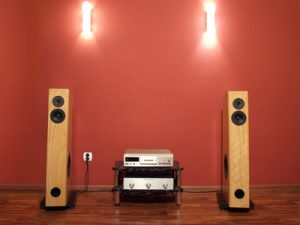

For several years, I designed more or less successful speaker systems for friends and acquaintances, which allowed me to gain more experience. One day in 2007, a friend asked me to design a near-field monitor for his home recording studio. When the monitors were almost finished, one of my audiophile friends paid me a visit. I asked him to assess and tell me what he thought of their sound. I remember how surprised he was by their sound. He encouraged me to create an audiophile speaker based on those monitors. I wanted my design to stand out from others because the market was already flooded with box-shaped enclosures.
Since childhood, I have been fascinated by science fiction movies, future technologies, and stars. One groundbreaking film in the history of cinema was Stanley Kubrick’s “2001: A Space Odyssey.” An important element of the movie was the mysterious monolith made of an unknown material. It became an inspiration for my project. That’s how Proxima was born. Later on, I realized that its name had a symbolic meaning for me.

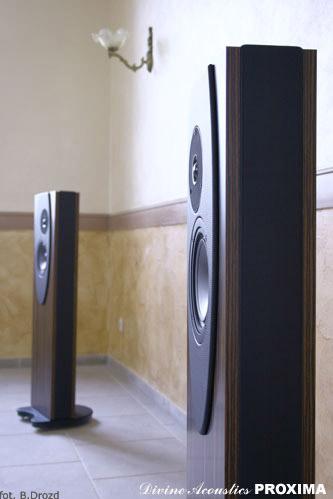
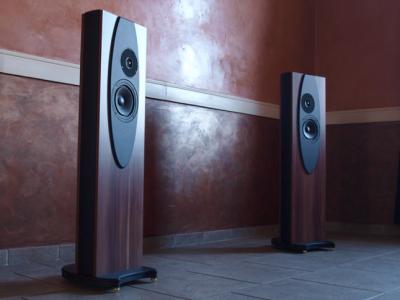
Proxima was the first to undergo evaluation by a professional magazine. It was the first to be honored with the “Best Product 2008” award by highfidelity.pl magazine. It was also the first, now as Proxima2, to undergo years of refinement with the BAD and SGP systems I had developed. Gaining recognition, it was the first to cross the borders of Poland.
Proxima was also the first to feature a flat, multi-layered enclosure and became the precursor of the speaker models offered by Divine Acoustics.
In 2013, I presented Proxima Generation 3, the most mature version with a visible crossover through a window. The third generation of Proxima traveled around the world and remained the longest-produced speaker by Divine Acoustics. The production of Proxima ended in 2022.


Originally created as a near-field monitor offering fast and dynamic sound with minimal distortion, it evolved into a uniquely designed speaker system. However, it was the only speaker with a closed enclosure – without the drawbacks but also the benefits of a bass-reflex design.
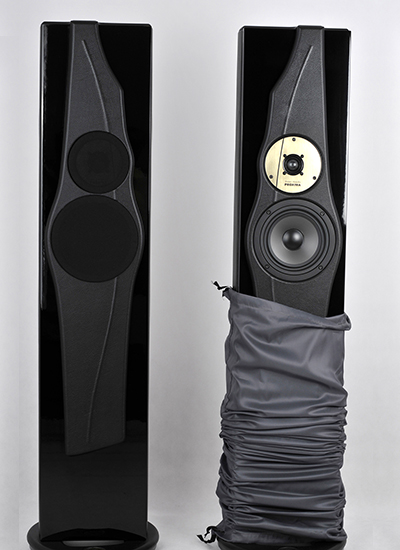
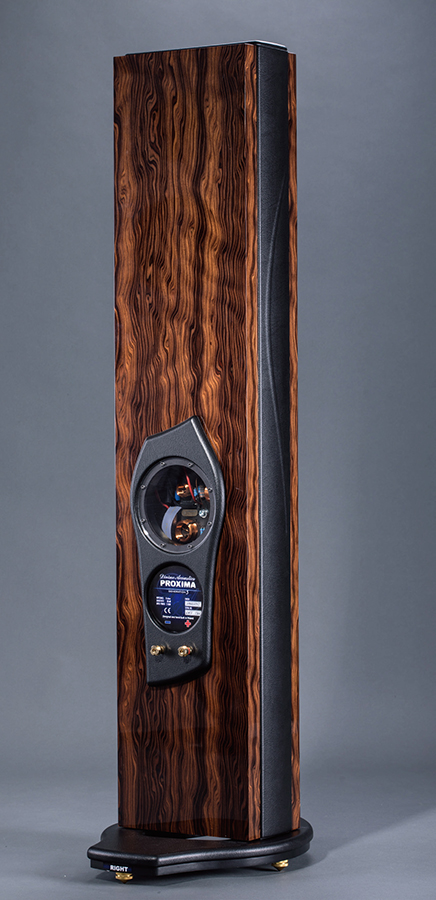
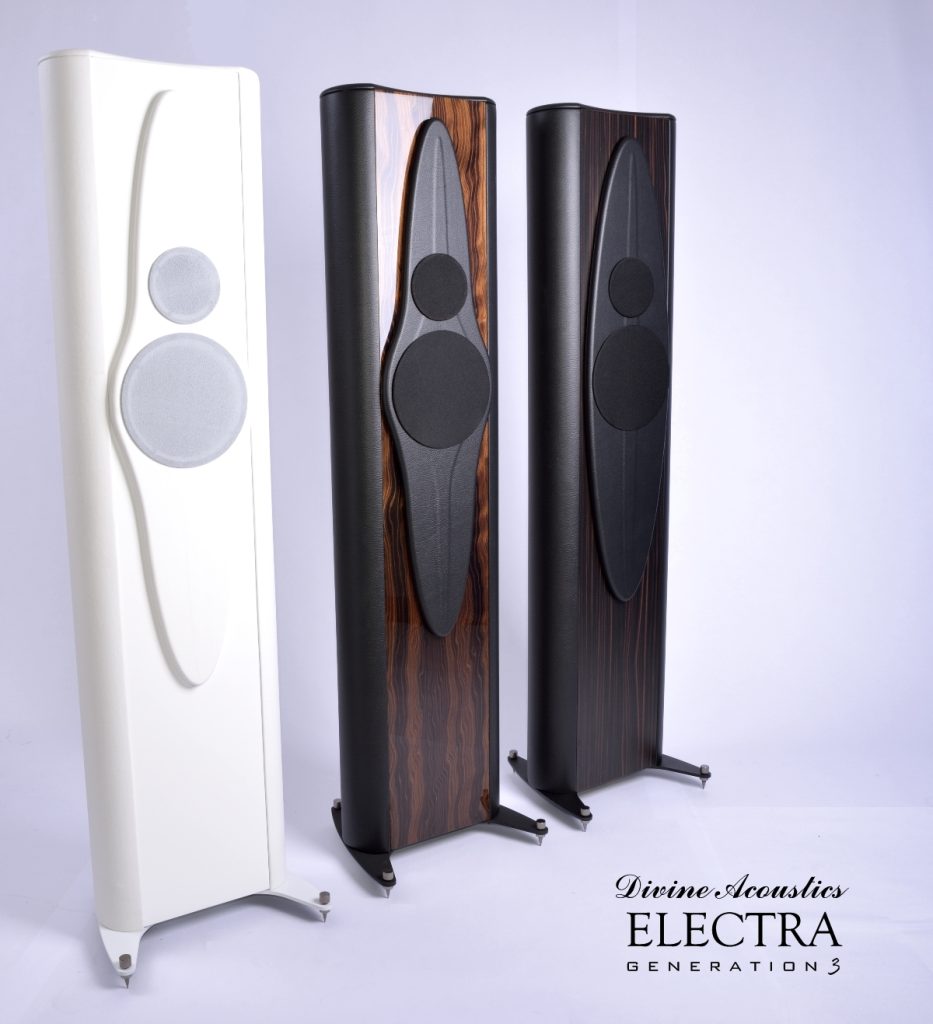
The subsequent models – Electra and the latest Bellatrix – are speakers with bass-reflex and utilize the systems introduced in Proxima. In the early years, I used computer programs for designing speaker crossovers, conducting simulations. However, what the computer showed often didn’t align with what I heard. After attending many concerts in the philharmonic, spending countless hours listening to music and training my ear, I developed my own algorithm for designing speaker systems.
Since the creation of Proxima Generation 3, I no longer rely on computer programs for crossover design. The final sound of each speaker model is the result of months-long listening tests and component selection.


In 2021, I introduced the Bellatrix speakers. My “design journey” continues, and the sky is the limit…

Divine Acoustics products are created in a small workshop in Poland. Starting from the initial sketch, through all design, carpentry, upholstery work, assembling all the components, and up to the final product, all activities at Divine Acoustics are done by hand.
